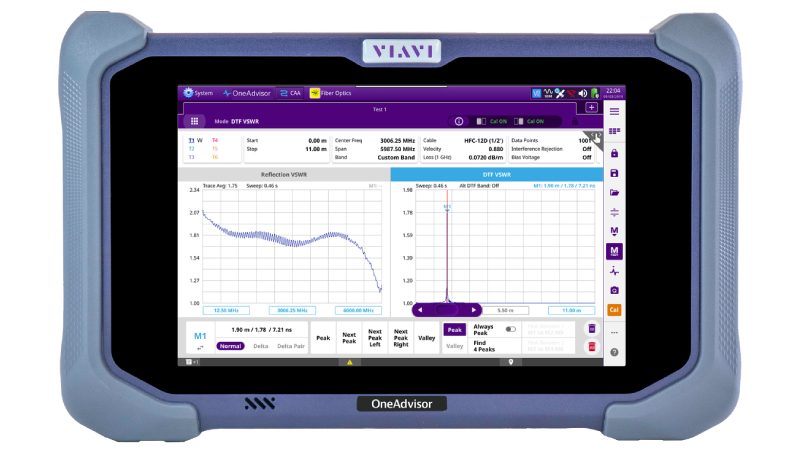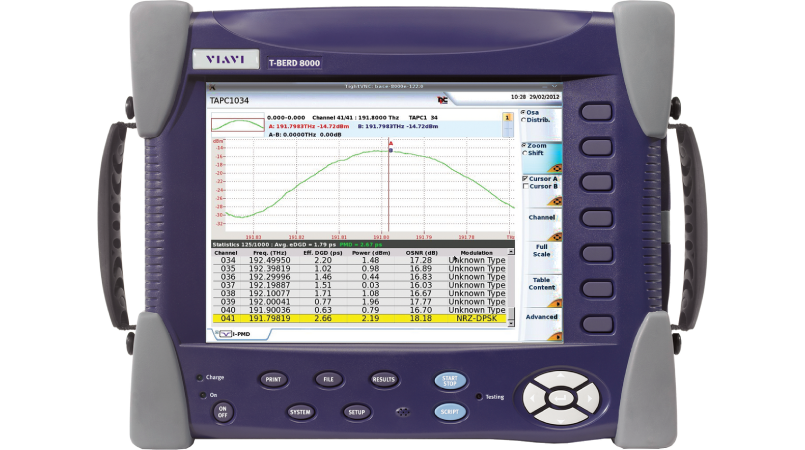The growing complexity of optical networks demands well trained, competent, and experienced fiber characterization engineers. As data rates evolve so is the need for test engineers who can accurately characterize important fiber parameters. Rigorous network characterization is required in the following scenarios:
Certified Fiber Characterization Engineer (CFCE) was first launched in 2005 by Optical Technology Training (OTT) and since then it has been continuously updated to meet the ever-changing optical networks and evolving characterization requirements and test methods. The CFCE training program is designed for engineers, technicians and others interested in learning the ins and outs of fiber optic characterization. The 5-day CFCE program focuses on complete fiber optic characterization including, but not limited to, bi-directional OTDR testing, Chromatic Dispersion (CD) testing, Polarization Mode Dispersion (PMD) testing and spectral attenuation testing.
In the Certified Fiber Characterization Engineer course, delegates learn how to use complete test platforms to carry out all the important fiber characterization tests for telecommunication networks. This includes telecommunication networks operating at extended wavelengths and delegates should be able to deal with the impact of testing of technologies such as ROADMs and Raman amplifiers. Delegates will be able to efficiently process and interpret test results using test report software and provide complete documentation rapidly and efficiently.

Certified Fiber Characterization Engineer (CFCE) is suitable for practicing or aspiring fiber optic test engineers. Professionals in the following roles will benefit the most from the training: fiber optic test engineer, fiber optic test technician, optical fiber test support, fiber network project supervisor, NOC engineer, NOC technician and other closely related roles.
This course is designed to develop advanced fiber optic characterization engineers so some basic experience with OTDR testing is required. If in doubt about the suitability of your background, please contact us.

We offer two training models – prescheduled open enrollment classes in which individuals can enroll and register or custom classes where companies arrange for training at their locations. A minimum of six delegates are required to schedule a class at a company location.
Commodo elementum, sed imperdiet nunc euismod etiam aliquet viverra

Our optical networking courses are developed by Optical Technology Training (OTT) and licensed to FiberGuide for course delivery.